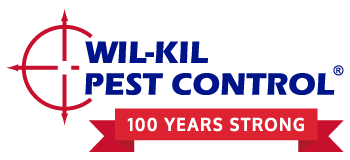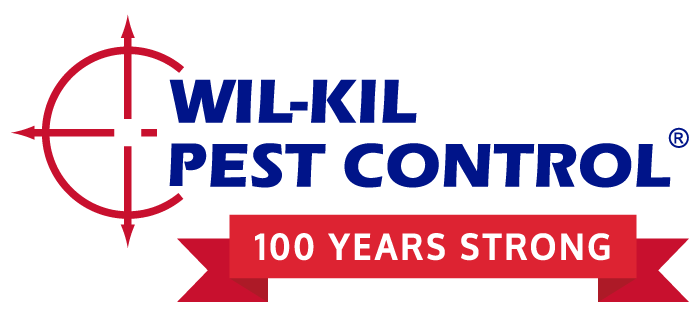Integrated pest management (IPM) isn’t just as easy as setting out a few bait stations and hoping for the best. It’s an entire overhaul of your operations that should be treated with the same level of importance as a government ordinance. Especially in a food processing plant, your pest strategies should be airtight in order to preserve your company’s product and adhere to the standards of regulatory agencies.
This requires careful strategic planning and is a vast undertaking, something that can’t be accomplished by your staff alone. Furthermore, most auditors require partnership with a pest management company and undergoing this on your own assumes a ton of unnecessary risk. So today, we outline the tools your pest management company should be providing when instituting an IPM program in your food processing plant.
Get A Free Quote
Goals
Supporters of IPM’s strategies have debated its focus for over 20 years. Should one concentrate on reducing pesticide use or the number of pest captures? The answer isn’t black and white, however. Determining goals should be a facility-based approach, so you will need to evaluate your current pest situation with a specialist and create success metrics based on their input. Your contracted pest management company should help guide you through this process, carefully interviewing you and your staff to determine the plant’s goals. Ultimately, they should help you define the plan’s “thesis” of sorts: what is the guiding principle behind the IPM strategy?
For some, this may be reducing customer complaints in a year or creating an acceptable number of complaints for every shipment that leaves the facility. Perhaps your stakeholders are looking to reduce chemical applications in the plant, so your goal may be creating and adhering to a strict pesticide application strategy. There are a variety of ideas that can guide your strategies, but your pest management company should help you arrive at that point and help document everything.
Measuring
After establishing your goals, your pest management company should track all relevant information in a highly efficient data tracking software. The program should be much more advanced than a tally sheet for every time you see a beetle crawl through the plant. Rather, it should be a platform that allows for diverse statistical entry for both parties. This will include all information regarding pests, including: pest biology*, dates and times of the capture, where it was located, etc.
Compiling all of this information together into a database is incredibly meaningful for your IPM program’s longevity and measuring success against the goals you’ve established. From this, your contracted pest manage company will be able to gather a trending analysis, which will provide the high-level statistics necessary to create long-term improvements rather than focusing on short-term control.
Additionally, you’ll be able to share this information with all stakeholders interested in seeing the program’s development. The data will be easily digestible and put your facility’s pest management strategies into real numbers. It can also be a great companion throughout any auditing process as a clear demonstration of your building’s dedication to pest control.
Management
A stumbling block for plant managers is dealing with the sheer size of the facility. Overseeing the entire building can seem daunting and may discourage an entire reform. Thus, your pest management company should help you create “pest vulnerable zones” (PVZs). These are areas with clearly defined borders in the factory, lending itself to team organization and focus. Dissecting your plant into manageable areas will give your team inspection areas to work in conjunction with your pest management company.
One such area could be your loading bay doors. Out of any facility segment, this area has the most uncontrollable variables. The number of shipments received, vehicles docking, worker influx, and other elements that one simply cannot neglect. Over time with more data and observations, your pest management company will create PVZs based on empirical evidence rather than anecdotal.
*Note: it is preferred to have an actual sample of the pest if possible. An entomologist will be able to assign a specific treatment method based on the pest identification, so it’s important to provide all necessary information.
For more information on pest control for the food processing industry, contact Wil-Kil today!

